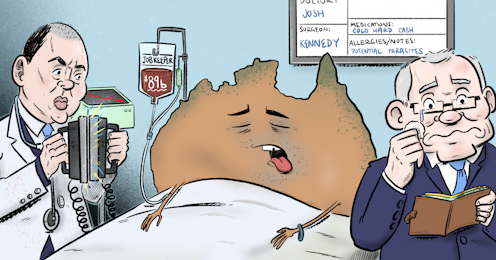
Most of us know sunscreen is a key way[1] to protect areas of our skin not easily covered by c...

As Australians eye the property market, one of the biggest questions is where mortgage interest ...

Perfect escapes you can still book — without blowing the budget or travelling too far
Christmas...

Brunswick East has just picked up a serious summer upgrade. Neighbourhood favourite 98 Lygon St B...

Australians face a decade of poor health unless they close the gap between living longer and sta...

For more than a century, the debate about how human life began has been framed as a binary: evol...

You might know Australia’s dietary guidelines[1] from the famous infographics[2] showing the typ...

Few Australian destinations capture the imagination quite like Noosa. With its calm turquoise ba...

Dynamic pricing has quietly become one of the most influential forces shaping the cost of an Aus...

















